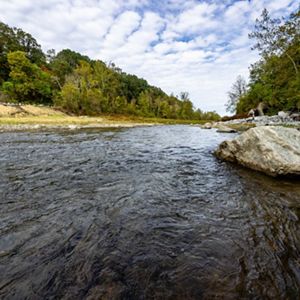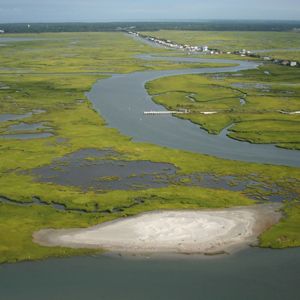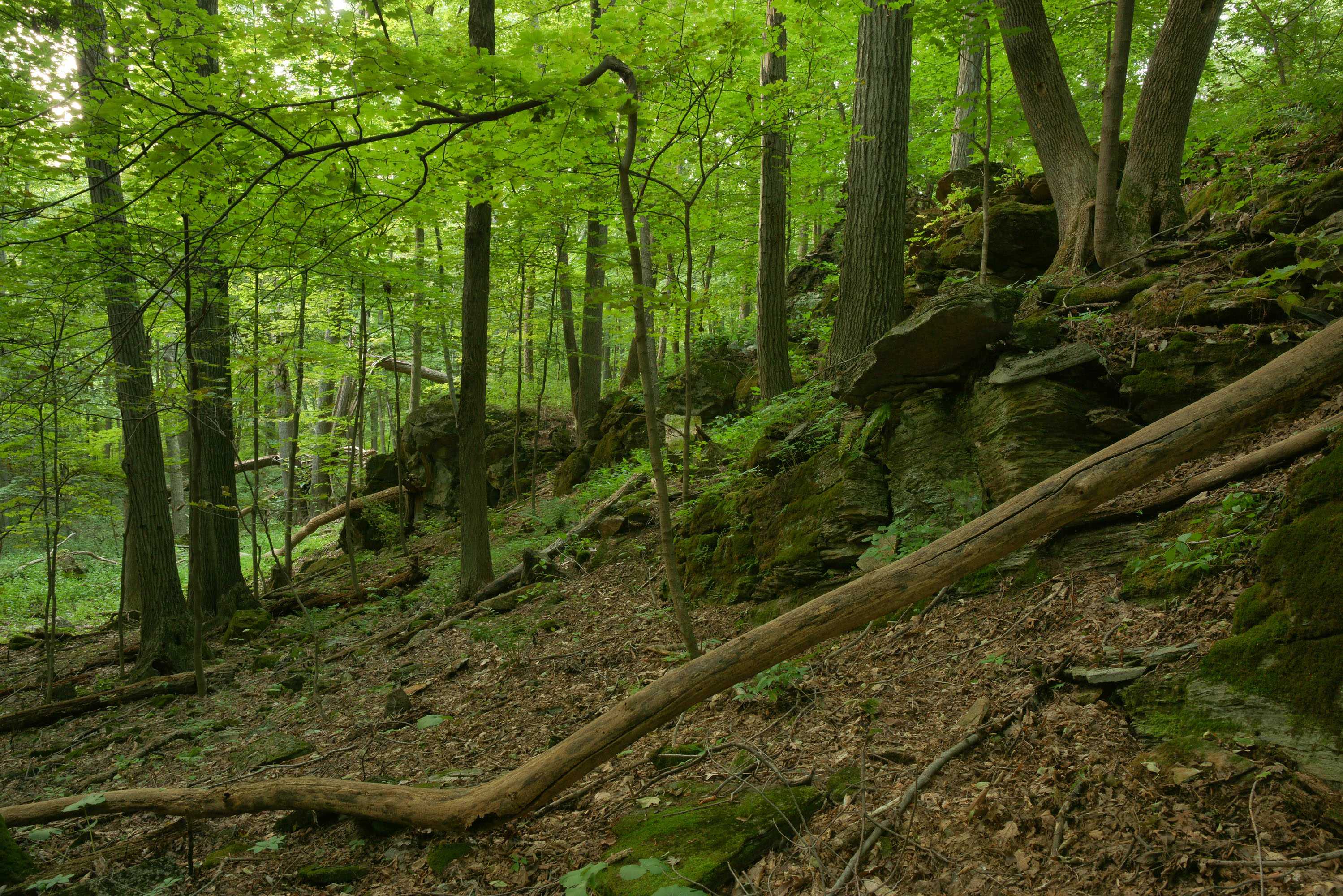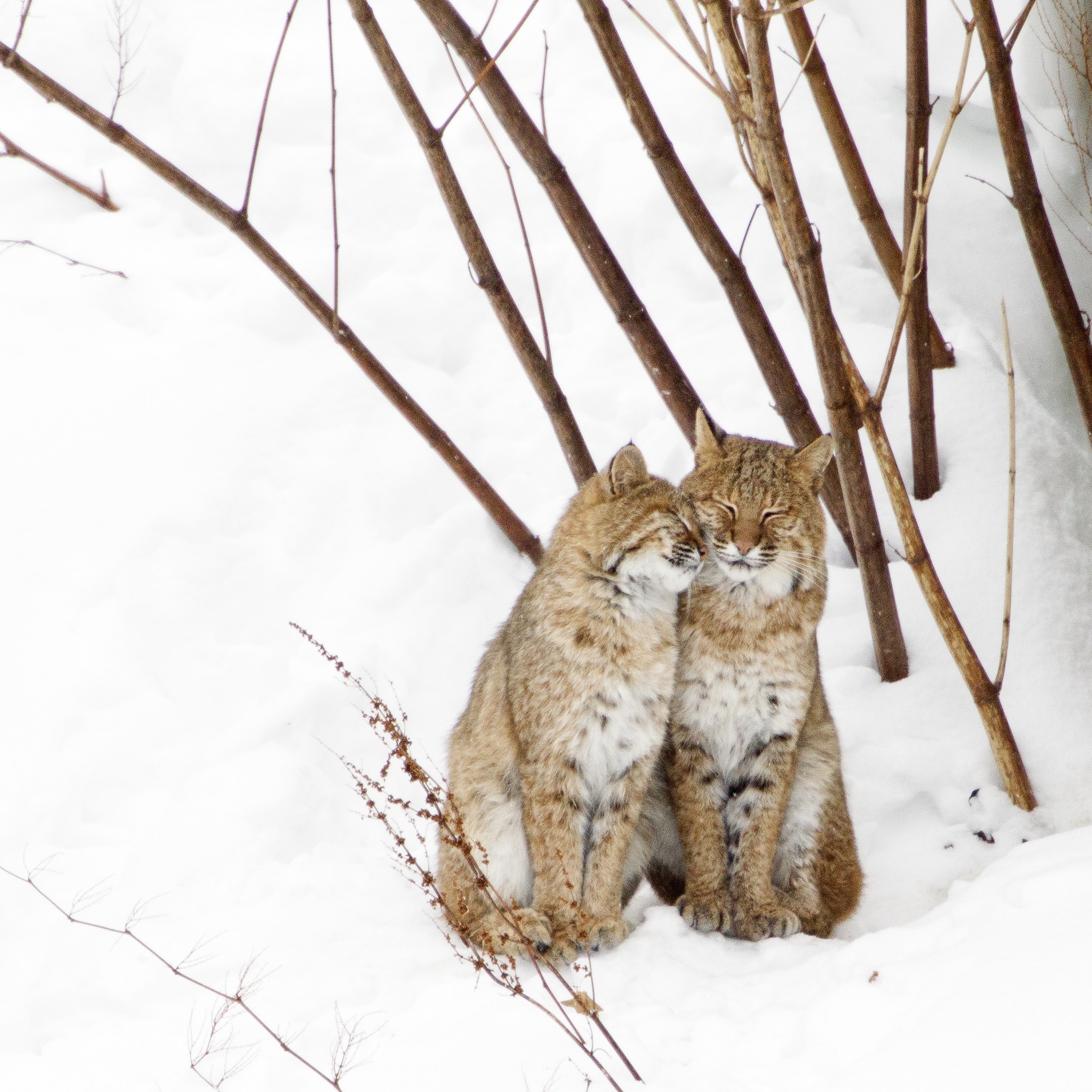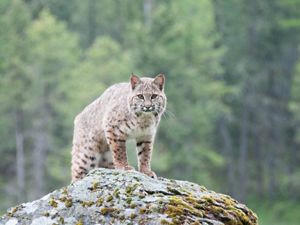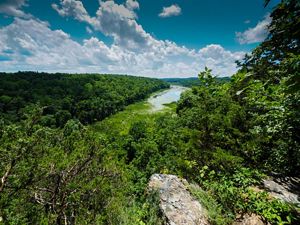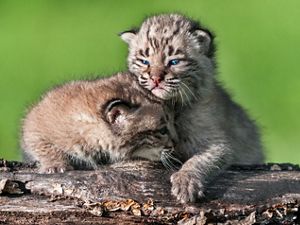
Policy Priorities in New Jersey
We’re working for meaningful solutions across aisles, across sectors, across borders and across New Jersey.
Rigorous science. Practical. Nonpartisan.
One of the strongest ways to create large-scale, long-lasting and enforceable solutions that protect the natural areas and resources that all life depends upon is through government action. The Nature Conservancy engages with elected officials at the local, state and federal levels, advocating for policy, programs and funding in support of New Jersey’s lands and waters. Our goal is to create a thriving environment for wildlife and people through legislative and regulatory efforts.
Make a Difference for Conservation
Speak up for nature by contacting your elected officials or pledging to take action.
Take Action NowA Voice for Nature
Healthy communities and a healthy environment are closely linked. From forests and open spaces that keep our air and water clean, to salt marshes that protect our coast, to trees that help reduce excessive heat in our cities, nature provides solutions to make New Jersey resilient even in a time of change.
It is critical that nature has an effective, nonpartisan voice with state and federal policymakers. The Nature Conservancy collaborates with partners, communities, legislators and regulatory staff to be that voice, informing and promoting policies that protect, restore and leverage nature to benefit New Jersey residents, both human and wild. The Nature Conservancy brings local expertise, global resources and a robust membership base to that partnership.
Together, we work across the aisles at the statehouse, in congressional offices and with local representatives to advance important legislation and promote on-the-ground projects. When we team up together with nature, everyone wins!
Preserving Land
As the most densely populated state in the country, open space in New Jersey is being consumed faster than it is being saved. About one-third of New Jersey is developed, and one third is protected, leaving the fate of about one third, or 1,407,000 acres, undetermined.
We are at a critical point in shaping New Jersey’s future landscape as the fate of the remaining acreage hangs in the balance. Since the 1980s, development has been outpacing conservation with more than 377,000 acres of farmland, forest and wetlands being converted for development. Simultaneously, this development has led to increased fragmentation, creating patches of disconnected landscape too small and isolated to fully function as ecosystems, and pushing wildlife ever more into busy roadways as they try to find food and raise young.
Throughout the state, local governments, once eager to attract development, are now burdened with the often-devastating effects of land conversion: compromised water and air, loss of species and natural communities, increased infrastructure costs, hazardous environmental conditions and a decline in quality of life. And too often, traffic congestion and sprawl define what had previously been an open landscape.
Federal environmental regulation of private land alone cannot do the job, and most New Jersey landowners are not financially able to donate land for conservation. We must champion legislation that incentivizes more private land preservation in the state, continue exploring funding and staffing opportunities for our state parks and open spaces, and commit New Jersey to a goal of conserving 50% of New Jersey’s remaining best lands by 2050.
Biodiversity and Connectivity
From turtles to bears to bobcats, New Jersey wildlife needs to be able to roam through the landscape to find food, shelter, mates and other resources. Without the ability to move in relative safety, healthy species populations simply will not persist over the long term.
Animals and plants in New Jersey are challenged with habitat loss, disconnection and degradation due to steady urbanization and a dense roadway network, with impacts worsened by the stress of changing climate conditions. Studies indicate that human activities may be altering the genetic pool for multiple species across New Jersey, including carnivores like coyote and the state-endangered Bobcat.
We are committed to pursuing policy that encourages a systematic approach to connectivity throughout New Jersey, to stop and hopefully reverse the alarming rate of regional and global biodiversity decline.

Creating Resilient Coasts
New Jersey’s 200,000+ acres of coastal salt marsh do double duty, providing critical nursery habitat for marine life while helping protect coastal communities during storms and flood events. But, many of these grassy expanses are drowning of erosion due to accelerating sea level rise from climate change.
The Nature Conservancy is championing policy to promote natural solutions for marsh nourishment and make it a widespread practice. Similar to how New Jersey’s ocean beaches are regularly bolstered with dredged sand, our coastal salt marshes can also benefit from an innovative and economical application of clean sediment from boating channels for a boost in elevation. We are building relationships with regulators to encourage nature to be a first-line approach for resilience along the coast.
Stay connected for the latest news from nature.
Get global conservation stories, news and local opportunities near you. Check out a sample Nature News email.
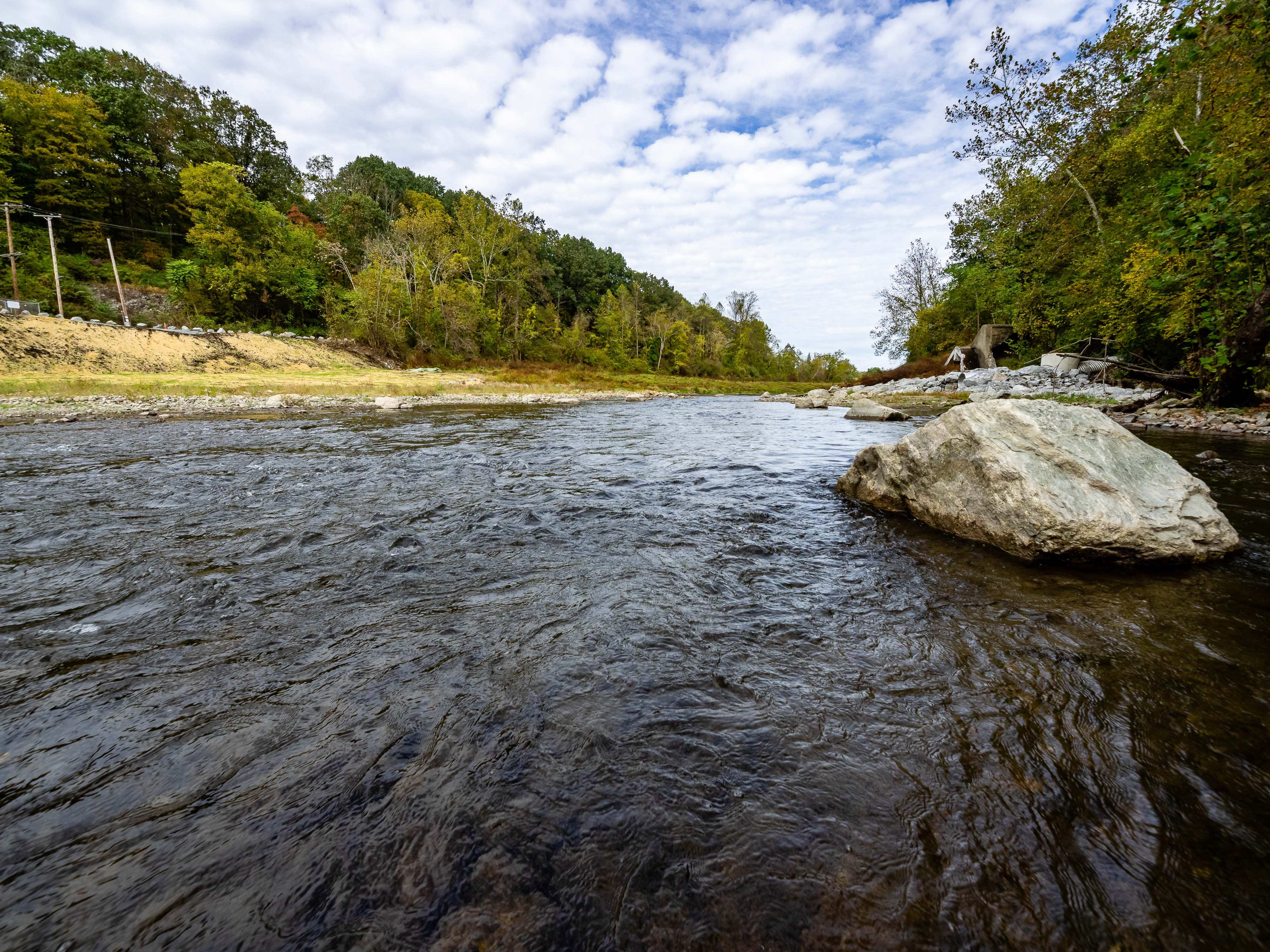
Reconnecting Rivers
New Jersey has more than 1,700 dams blocking its rivers. Many of the dams have outlived their usefulness and become hazardous, degrading water quality, disconnecting access to important spawning habitat for migratory fish and posing a danger to recreational paddlers. Maintenance and repair of an aging dam is costly, and in many cases removing it is the cheaper and more ecologically conscious option.
The Nature Conservancy is leading the Statewide Dam Removal Partnership, which includes exploring policy ideas to streamline permitting for dam removals, build capacity of those who do this important work, create more enabling conditions for removals and brainstorming funding sources to offset the costs of these projects.

Greening our Cities
Cities are on the front lines of climate change, facing significant challenges like urban heat islands, pollution from traffic and industry, and flooding that occurs in “built” environments where natural floodplains have been devegetated and covered in concrete.
More than 92% of New Jersey’s population lives in urbanized areas. We have 324 cities, including four with populations greater than 100,000 people and high concentrations of vulnerable populations.
The Nature Conservancy is consulting with city residents and leaders to understand the environmental problems in their communities, and exploring how we can join forces to solve issues and enhance quality of life using nature. Advocacy with government officials at all levels is an effective strategy for building awareness and inspiring action on urban projects that improve conditions and boost resilience in New Jersey’s cities.
Nature can provide 30% of the reductions in greenhouse gas emissions we need to slow the rise in global temperatures, by sequestering carbon in trees, soils and other natural systems. Reaching the full goal, though, will require many sectors working on complementary strategies.
The Nature Conservancy is supporting an increase in cleaner, more efficient energy sources like solar and wind in New Jersey. We are also considering ways to adopt new carbon management technologies, reduce vehicle miles traveled and other potential actions that will enable our industrial sector to grow economically while lowering carbon emissions.
Help Protect New Jersey Wildlife
Do you know that EVERY YEAR vehicle collisions with wildlife cost New Jersey an estimated $90,000,000? Yes, $90,000,000 per year! We can give our cars, critters and cashflow a break by investing in wildlife connectivity initiatives that create healthier, safer landscapes for animals to move through across the state, while enhancing local jobs, too. Legislators need to hear from us NOW about the importance of making wildlife connectivity a priority for New Jersey.
We urge you to tell members of the New Jersey Assembly Transportation Committee to vote yes on A4926, a bill that would create a State Wildlife Corridor Action Plan to help make New Jersey roads safer for animals and people.
Here’s a sample message you can send:
Dear Assemblymember,
As a proud New Jerseyan, I care about wildlife protection in our state. I want to see fewer wildlife casualties on our roads and safeguard animals as they move throughout the state looking for shelter and resources. Connecting and protecting New Jersey’s wildlife corridors is key to maintaining a healthy landscape, one that provides crucial habitat for wildlife to survive and green space for humans to enjoy as well.
New Jersey has the chance to incorporate wildlife connectivity into our infrastructure planning with A4926. This bill would create a State Wildlife Corridor Action plan that:
· Identifies wildlife vehicle conflict areas,
· Identifies corridors supporting wildlife biodiversity, and
· Identifies where wildlife crossings could improve driver safety and corridors.
Wildlife strikes cost New Jersey an estimated $90,000,000 every year. This is an astronomical, and unnecessary, burden for our residents, both human and wild. As a legislator, you can advance wildlife connectivity by using this bill to address transportation planning, given that roads are a major source of habitat fragmentation.
Connectivity conservation in New Jersey is critical for improving roadway safety, helping wildlife persist, ensuring equitable access to nature and keeping important nature resources available to us all. I urge you to Vote YES on A4926 in the Assembly Transportation and Independent Authorities. Thank you so much for your consideration,
Your Name




